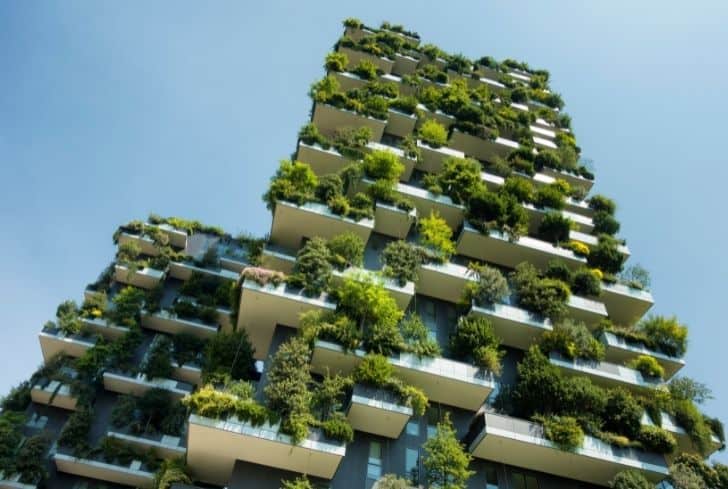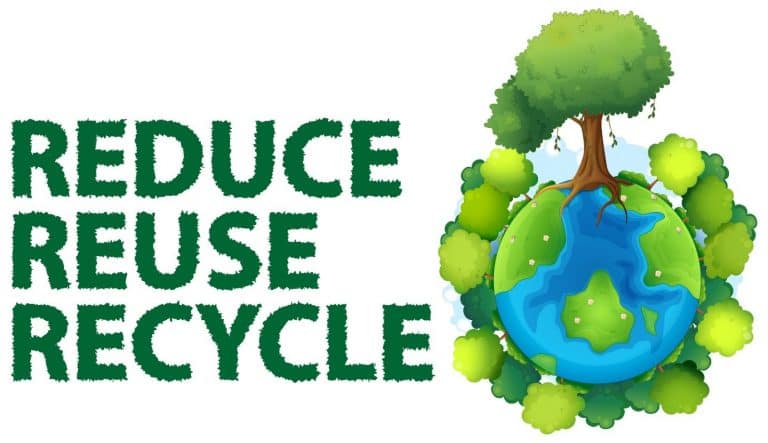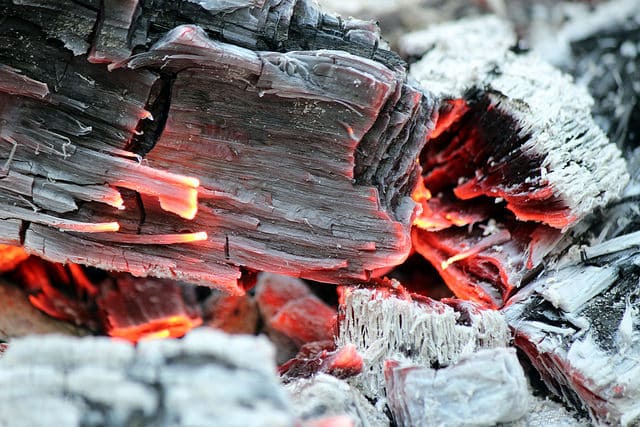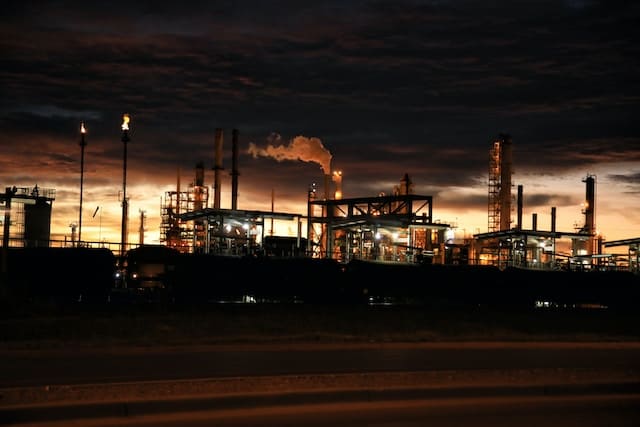Advantages and Disadvantages of a Green Building

It has become pretty standard to hear people talk about going green in this day and time. Either it is your friend that has just decided to become a vegetarian or to take it a step further, the one that is fast becoming a massive lover of reusing old items before recycling.
If you have never heard of this, you probably wonder what the term means. Going green means practicing more environmentally friendly acts.
Now, how does going green relates to Green building? This blog post will go over what green building is, the advantages, and the disadvantages to help you understand better. Let’s dive right into it.
What is a Green Building?
Green buildings are structures constructed that have no negative impacts on the environment. Green building preserves natural resources, reduces and works towards eliminating negative impacts on our climates and environment.
Several names, such as sustainable building, high-performance building, amongst several others, have been used to describe green building interchangeably.
Sustainable buildings go beyond just the walls of the building. It extends to site planning, land use, design, and maintenance. Its primary responsibility is to reduce the impact of building pollution on the environment and human health.
However, they must consist of the following pointers:
- It must efficiently utilize power, water, heat, and other resources.
- It must have arrangements to use renewable energy, for example, solar panels.
- It must follow the principles of reusing and recycling and other practices to reduce pollution and waste generation.
- The indoor air quality must be above general standard.
- It must use non-toxic, proper, and sustainable materials.
- Its design must incorporate the improvement or maintain the sanctity of the environment in design, construction, and operation.
- Its design must be versatile enough to enable adaptation to a changing environment.
Point to note, not all green buildings worldwide are and require to be the same. The approach to making a green building varies according to several factors – namely, their specific cultures and traditions, the building types and ages, and their across-the-board environmental, economic, and social precedence. The climate conditions are also an excellent factor for consideration.
Why Green Building?
We will be in denial if we do not accept that at the rate the world is growing and developing, the earth at some point would no longer be sustainable. We will begin to run out of natural resources, and the economy will find it hard to balance.
That is why green building is essential. The conservation of natural resources is the goal of an ideal green building.
Research shows that in the United States, buildings account for about 38% of carbon dioxide emissions. One of the benefits of green building is reducing and improving these air emissions.
Several other benefits come to play in green building, including reduced operating costs, conservation of resources, improved air and water quality, amongst others. Let’s look at the major pros and cons of the green building below.
Advantages of Green Building
Over and over again, evidence has shown that the economic, social, and environmental advantages of green buildings are not rivaled.
Although green buildings were once considered costly, the idea has long been dismissed due to its multiple advantages and provisions to help achieve global results, such as climatic change, amongst others. Below are reasons why you should choose a green building.
1. Cost-effective
Studies have confirmed that the initial investment in green buildings will lead to savings of more than ten times the initial investment after ten years. The turnover of the investment happens between ten to eighty years.
An important primary feature of green building is to ensure efficient use of resources, which allows users to save much more by reducing operational and maintenance costs on energy, water, etc. Although green buildings can initially cost more than normal buildings, you can usually cover the difference in cost in 3-4 years.
In addition to this, it would significantly increase the earnings of building owners who collect rent from their building because they would have to spend less on maintenance and earn more.
2. Improved Health
One of the goals of green buildings is to improve the environment, including the air for residents of the building. A resident of green buildings enjoys better health due to less risk of being exposed to pollution from air and water.
For instance, most indoor pollutants are due to materials used in furnishing and constructing buildings, i.e., carpet, paint. Inhaling such pollutants can be toxic to the health, and accumulation of it over time can cause serious health issues such as difficulty breathing.
On the other hand, people who live in green buildings enjoy better health due to the safety of materials used in construction.
3. Increased Efficiency
The efficiency of water and energy is one of the best advantages of green building—energy efficiency results in reduced use of coal, a significant source of power for the world. In a bid to preserve this natural resource, solar panels are installed to utilize energy from the sun instead.
The buildings are also designed so that enough lightening from the sun enters through the window panels to avoid the use of artificial lighting at all times, thus saving more energy.
The efficient use does not only stop at energy; water is also used efficiently to reduce its waste. For instance, water used in the kitchen and bathrooms is filtered and treated at a ground tank using biological filters, and then the water is used in wetting the garden.
You can also reduce water consumption by using new technologies, reusing water, and collecting rainwater.
4. Better Environment
Statistics show that air pollution accounts for around 4.2 million deaths per year and over 3 million deaths of children under five due to environmental problems.
These statistics only show how toxic our environment is from the emission of carbon dioxide, trillion gallons of untreated sewage dumped into the water, and several other pollutions.
Green building effectively reduces pollution through the efficient use of natural resources. i.e., reduction of carbon dioxide emitted to help reduce the pace of climate change.
In addition, green buildings cause a better environment and a less polluted world to live in. It also enhances a better indoor environment due to healthier indoor conditions such as lighting, air quality, etc.
5. Higher Market Value
Green buildings have a great return on investment and higher market value due to lower maintenance costs. While the rent is set to have a high value in the real estate market, the sale value is even significantly higher. Experts say that an average green building can be sold at a premium price worth 7% more than a traditional one.
6. Water Conservation
In traditional buildings, one of the most critical wastages of natural resources is the waste of natural rainwater. In green buildings, structures are incorporated to facilitate the harvesting of rainwater and grey-water harvesting.
The installation can use the water saved for irrigation, gardening, and flushing toilets. Stormwater is harvested to reduce localized flooding, which lessens the carrying of wastes into the local water body and erosion. Driveways made of solid and porous materials can stop the destruction and pollution of water.
7. Psychologically-optimized Environment
Green buildings are designed to maintain the existing environment, which can also improve the psychological effect of the inhabitants. One example will clear the matter. What would you like to wake up to – a sound of twittering birds and rustling leaves or bellowing car horns and loud noises?
Green buildings are also designed to provide optimum sound presence, which includes proper sound insulation and acoustics. They are made to fit and amplify the natural sounds and cut out the cacophony of irritating noises.
Inhabitants living in green buildings are reported to exhibit heightened concentration, enhanced recovery, and better quality of recreational enjoyment. For these reasons, green buildings are recommended for educational, health, and residential purposes.
8. Preservation of Natural Environment
Green buildings preserve their natural habitat by their operation. This event promotes healthy habits among the inhabitants, like walking, exercise, and other physical activities. It also attracts birds and other fauna that makes for a comprehensive ecosystem in the total area.
Disadvantages of Green Building
There are double sides to every coin. Hence, there is a con to every pro. Green buildings are highly beneficial, yes. But what are their shortcomings, if there is any. Let’s discuss the major ones below.
1. High Initial Investment
Even though the returns are great over time, the initial investment is still a major problem in green buildings. Several people want to live healthily but cannot afford the initial cost of construction.
Depending on how many eco-friendly technologies you want to implement in your building, the cost may even be higher.
Yet, the initial investment is still very high due to the unavailability of the resources needed to build a green building. However, if you shy away from green buildings because of their high price, you should start considering them.
It would help to think of the initial cost of constructing a green building and the total amount saved over time instead.
2. Getting the Right Material
It can be far-fetched to get the materials needed to construct green buildings. They are not often available in every part of the world and might take a while and cost a lot to ship.
Also, aside from materials needed to construct the building, other materials such as technologies needed might be difficult to find.
The related technologies to green building are still slightly new; so it might be hard to purchase or identify the best beneficial technology for the building. Sometimes, the technologies might be limited by some factors, making it harder to purchase the right choice for the building.
3. Longer Time to Build
Constructing a green building takes a while. A lot goes into the planning and design before being built. Building a green building can take up to 3 years and above because you must consider the surroundings.
4. Uncontrollable Air Temperature
Often, it is not easy to control the air temperature in green buildings. These eco-friendly buildings utilize the sun to generate power; thus, they run on heat, and the air is controlled from one central point.
Thus, green buildings are not suitable for hot areas as they are not designed to use ventilation systems, threatening the initial goal of green buildings. Therefore, you might have difficulty controlling your indoor air temperature.
5. Location
Figuring out the right location is another disadvantage of green buildings. It is primarily because of climatic changes. Green buildings utilize the sunlight as much as possible, so using energy alternatives such as solar, building in a region with very few sunny days would be a wrong location because you would likely run out of energy at some point.
6. Unavailability of Workers With Expertise
For greenhouse buildings, it might be challenging to find workers with expertise both for repairing your building technologies or initially constructing your building. The industry is relatively new; hence it might be difficult for you to find experienced workers to help you with any issues in your building.
Conclusion
Green buildings are now preferred more by the contractors and the would-be inhabitants. Several famous cities have embraced this approach and have set up councils for determining the factors and regulations for giving a newly-made building a “green” stamp.
Studies have shown a value-added lifestyle in the occupants of green buildings. With the still increasing pollution and population levels, a way is required to arrange for more residence and improvement of the environment. Well, to say clearly, green buildings can be an essential part of that target.






